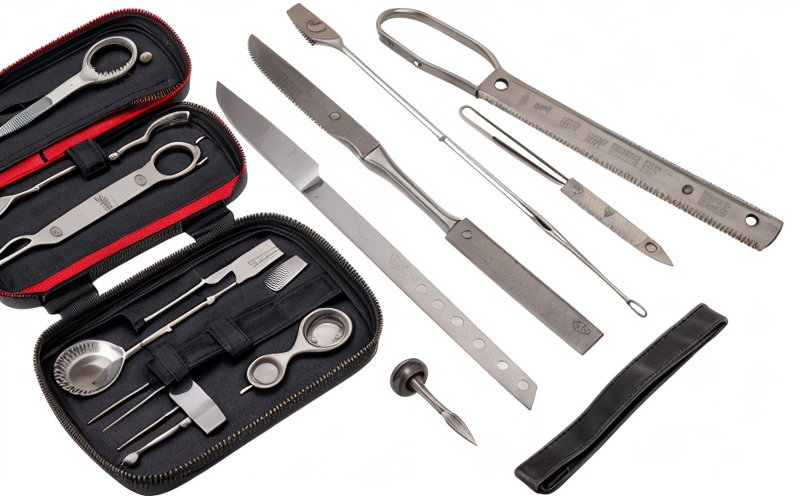Electrical Safety Testing of Powered Surgical Tools
The electrical safety testing of powered surgical tools is a critical aspect in ensuring patient safety and regulatory compliance. In the medical device sector, powered surgical instruments are increasingly becoming essential for minimally invasive surgeries. These devices include drills, saws, cautery units, and other power-assisted tools that operate through electric motors or batteries.
The primary goal of electrical safety testing is to ensure that these devices do not pose any risk of electric shock, fire hazards, or overheat incidents during use in a healthcare setting. This test evaluates the insulation integrity, grounding continuity, overload protection, and other essential parameters to guarantee safe operation.
For quality managers, compliance officers, R&D engineers, and procurement professionals involved with powered surgical devices, it is crucial to understand the standards and testing procedures that ensure these tools meet regulatory requirements. Compliance with international standards such as ISO 13485 for quality management systems in medical device manufacturing and ISO 14971 on风险管理要求企业不仅要确保其产品符合相关的法律法规,还要建立和维护有效的质量管理体系。以下是一些关键的步骤和措施来帮助企业在风险管理方面达到国际标准: 1. **风险评估**:定期进行风险评估以识别潜在的风险,并制定相应的控制措施。 2. **文档记录**:详细记录所有的风险评估、控制措施及其有效性验证。 3. **培训与意识提升**:为员工提供持续的培训,增强他们对风险管理重要性的认识和理解。 4. **内部审核**:定期进行内审以确保所有程序都在正确执行,并且能够持续改进。 5. **外部审计**:接受独立第三方机构或客户的定期审查,确保质量管理体系的有效性和合规性。 通过实施这些措施,企业可以更好地管理风险,提高产品的可靠性和安全性。这对于维护客户信任、遵守法规以及提升市场竞争力至关重要。





